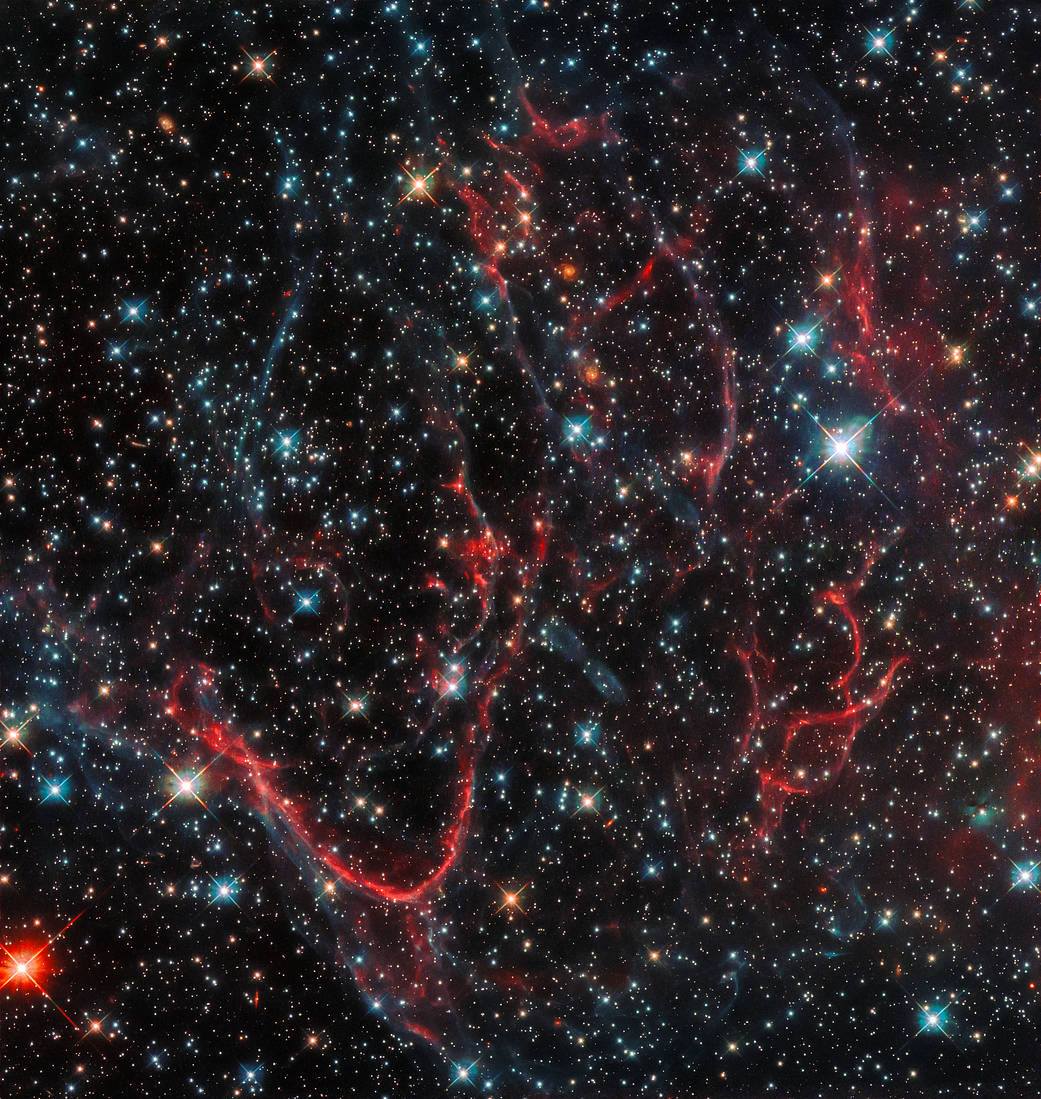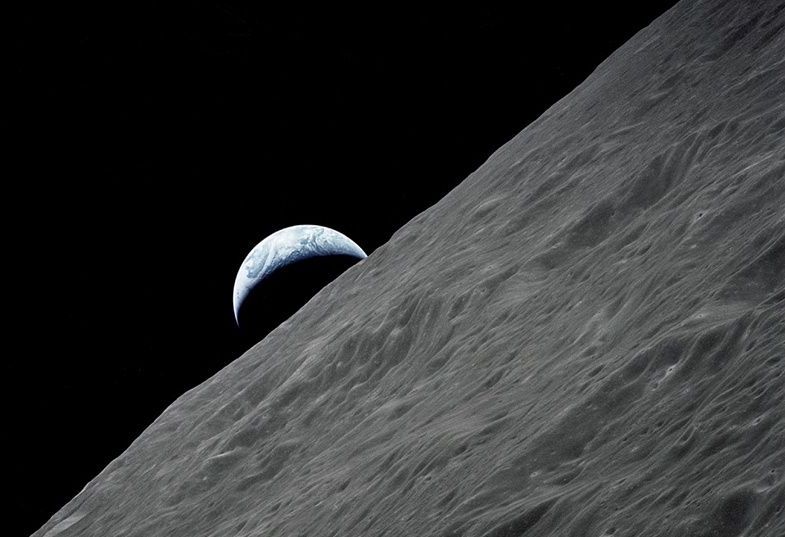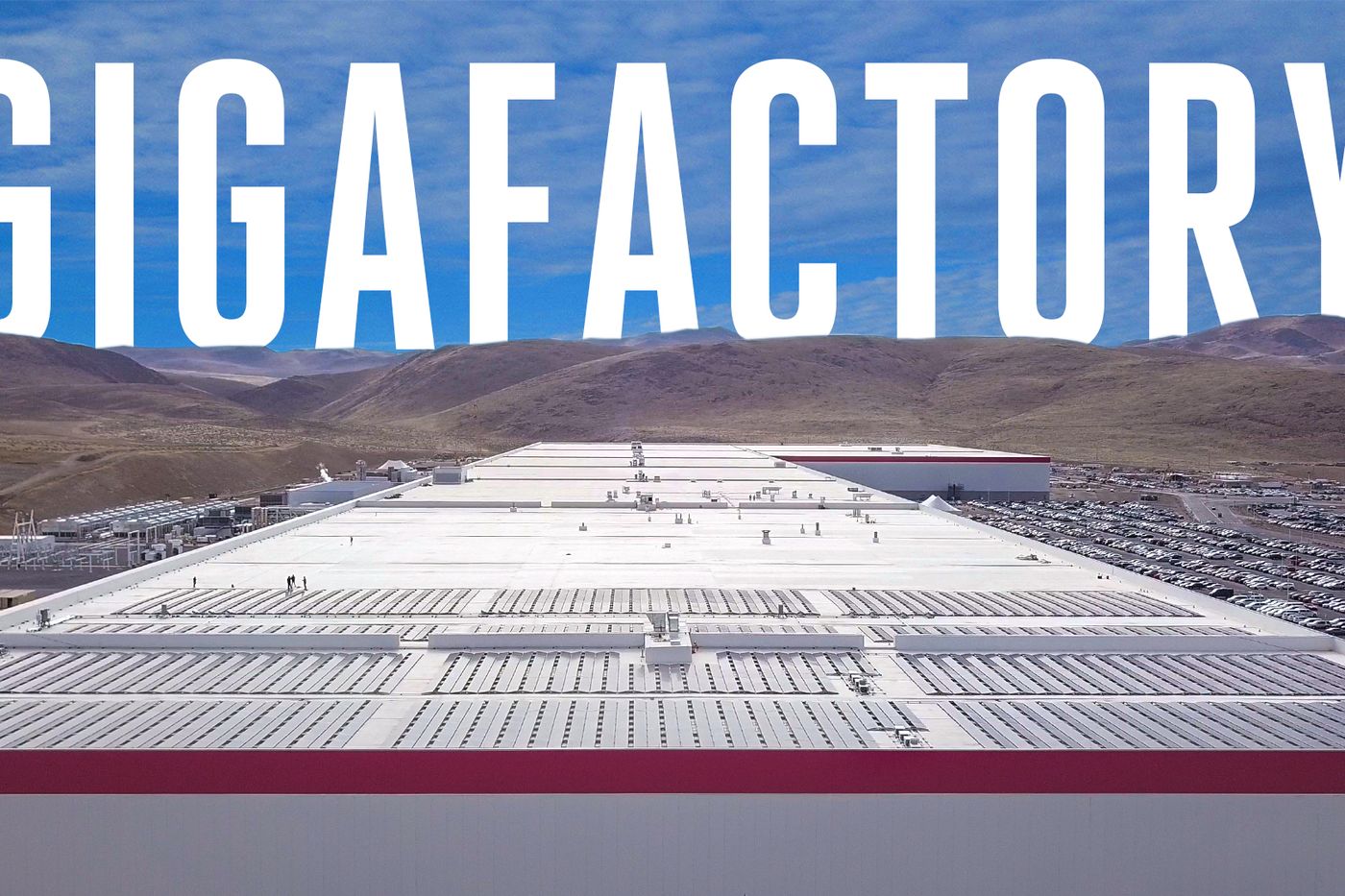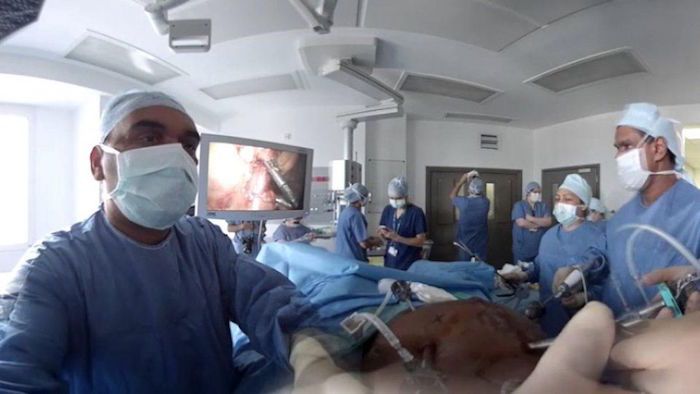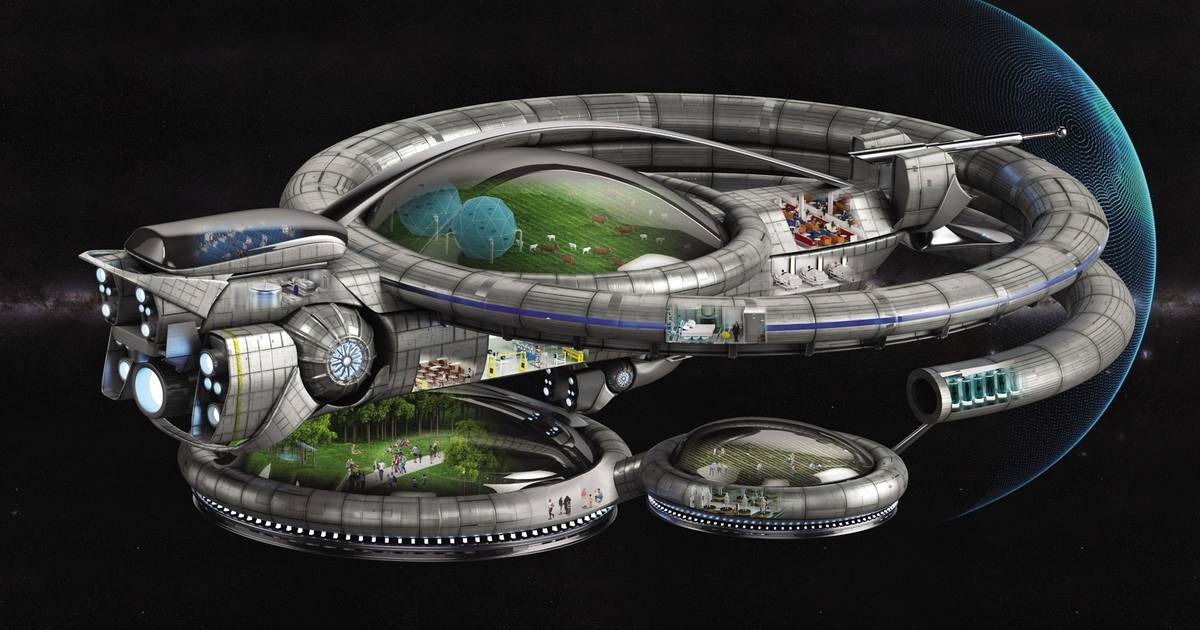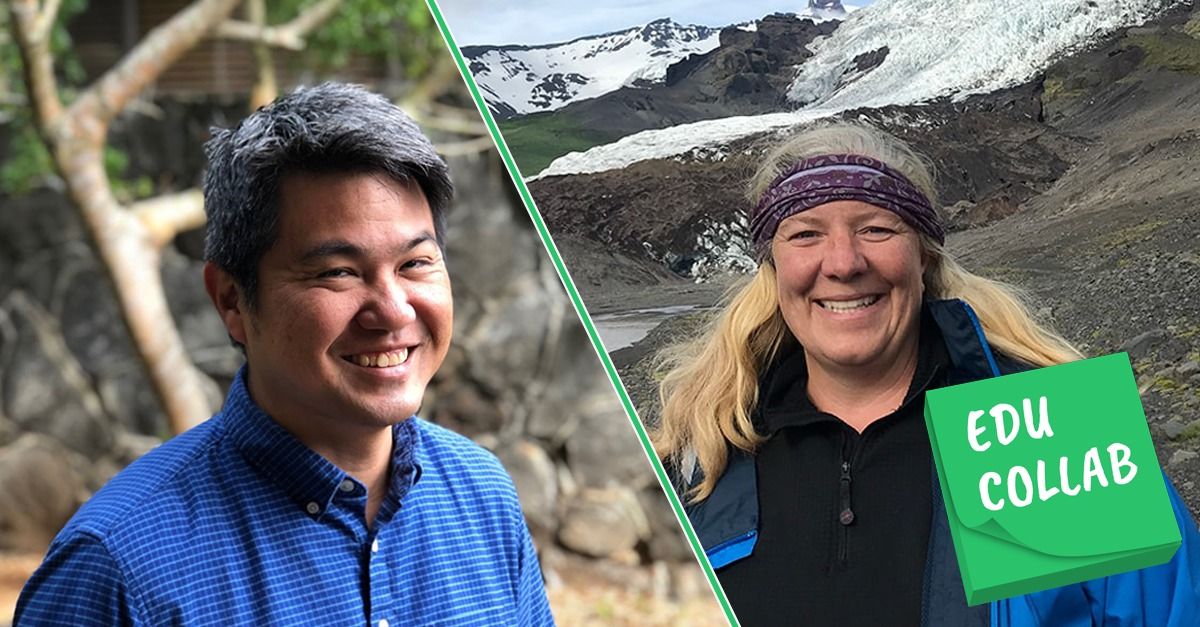
When did you first get the science bug? For me, it was my professor Tom Carlson who taught a summer class about medical ethnobotany. Seeing him chase bumblebees around the University of California, Berkeley botanical garden and describe how they fit into a foxglove flower was a life-changing experience. And this personal story is not unique—many of us can probably name a science teacher, professor, parent, or educator who got us hooked on science. That’s why education is such an important part of what we do at Science Friday. We know that’s where the spark for science often ignites.
It’s also why we team up with science educators across the country in our Science Friday Educator Collaborative Program, in which educators work with SciFri staff to develop resources for science learners everywhere. Two of this year’s Educator Collaborators, Randy Otaka and Katie Brown guide us through their creative process of designing hands-on STEM activities—from modeling camouflaging cephalopod skin with cocktail umbrellas to using design thinking to better engineer shelters for disaster relief. And if you are an educator and this sounds like something you want to do, applications are now open for the 2019 program! Science Friday’s education director Ariel Zych joins Ira to tell you how to be a part of the next cohort.
Apply for the 2019 SciFri Educator Collaborative cohort! You can click on the green notepad at the top of this page or click here to go straight to the form. We will be accepting applications until Friday, January 4th, 2019 5 PM EST.
Read more

